
Viewpoint: EU carbon market braces for Brexit
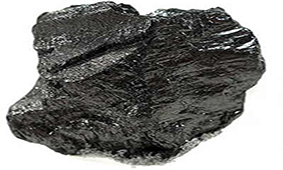
But participants will also await confirmation of more ambitious long-term EU emissions reduction goals and begin to prepare for transition to the ETS scheme's fourth trading phase in 2021.
If the UK ratifies a Brexit deal by 31 January, UK emitters will remain in the EU ETS until at least the end of 2020. This scenario now appears to be likely, after the country's Conservative party won a comfortable majority of seats in last month's general election, providing prime minister Boris Johnson with the mandate to gain parliamentary approval for the withdrawal deal agreed with EU leaders in October.
This outcome could cause a "relief rally" in carbon prices. The threat of a "no-deal" Brexit hampered EU ETS price gains throughout 2019, as it would have resulted in an immediate end to UK participation in the market and may have consequently triggered a sell-off of allowances from British emitters that would no longer require these permits for future compliance.
But participants say any rally may be short-lived, and a Brexit deal could also unleash headwinds for carbon prices.
Uncertainty over the Brexit outcome has meant auctions of UK-issued carbon credits were suspended throughout 2019, and the UK government has not yet given out its ETS free allocation for the year.
And if a Brexit deal is ratified, these supplies may need to enter the market in time for the EU ETS compliance deadline at the end of April. This could see around 120mn-130mn permits flood into the market in a matter of months.
But some of this supply could be mopped up by industrial market players as the EU ETS scheme's current third trading phase (2013-20) draws to an end.
A large number of industrial parties have engaged in a practice known as "borrowing" during this trading period — selling their freely allocated allowances on the market before then using their next batch for the year-ahead for compliance for the previous year's emissions.
But a cut-off point in between trading phases three and four will mean that such firms will be unable to use any free allowances issued in 2021 to cover 2020 emissions, forcing them to balance their phase three positions by purchasing any permits they are short of over the next year.
The fundamental outlook for carbon market demand in 2020 appears to be relatively weak. Softer natural gas prices and the carbon market's strength has meant that gas plants have taken considerable market share away from coal facilities in Germany over the past year, while renewables have continued to ramp up across Europe.
But with the EU expected to confirm this year a new 2030 emissions reduction target for the bloc of either a 50pc or 55pc cut from 1990 levels, plans for supply-side adjustments to the ETS could at least partially offset the effect of reduced power sector demand for allowances. The carbon market's structure is only designed to deliver the current 40pc cut target for 2030.
Such changes could include an even quicker acceleration of the EU ETS scheme's linear reduction factor — the rate at which the market's supply cap falls each year. This is already due to rise to 2.2pc from 1.74pc currently from 2021, but some environmental groups have called for the rate to be raised to as high as 4pc.
The EU may alternatively, or additionally, decide to at least maintain the ETS market stability reserve's existing annual withdrawal rate of 24pc. The launch of this mechanism at the start of last year was responsible for the carbon market's record gains in 2018, but its absorption is due to slow to just 12pc from 2024, which is likely to be too low for the more ambitious 2030 emissions goals to be achieved.
By Jonathan Sims and Kate Abnett


Trump weighs using $2 billion in CHIPS Act funding for critical minerals

Codelco cuts 2025 copper forecast after El Teniente mine collapse

Electra converts debt, launches $30M raise to jumpstart stalled cobalt refinery

Barrick’s Reko Diq in line for $410M ADB backing

Abcourt readies Sleeping Giant mill to pour first gold since 2014

Nevada army depot to serve as base for first US strategic minerals stockpile

SQM boosts lithium supply plans as prices flick higher

Viridis unveils 200Mt initial reserve for Brazil rare earth project

Tailings could meet much of US critical mineral demand – study
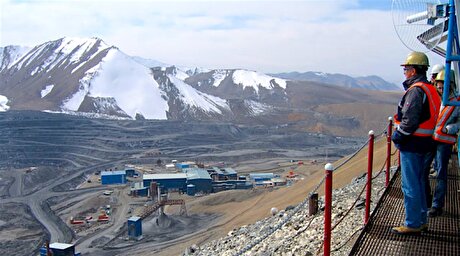
Kyrgyzstan kicks off underground gold mining at Kumtor
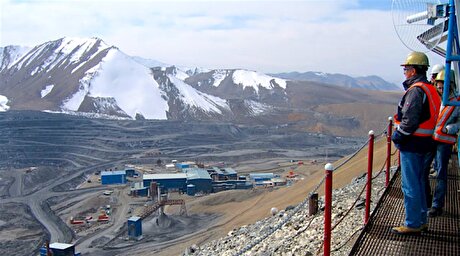
Kyrgyzstan kicks off underground gold mining at Kumtor

KoBold Metals granted lithium exploration rights in Congo

Freeport Indonesia to wrap up Gresik plant repairs by early September
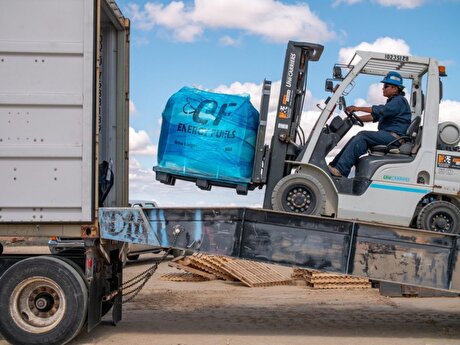
Energy Fuels soars on Vulcan Elements partnership
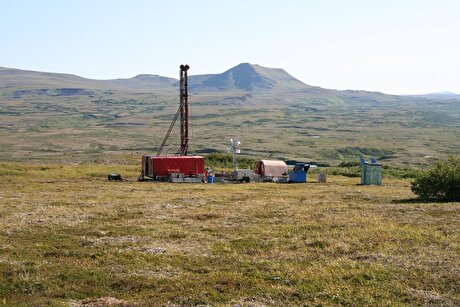
Northern Dynasty sticks to proposal in battle to lift Pebble mine veto

Giustra-backed mining firm teams up with informal miners in Colombia

Critical Metals signs agreement to supply rare earth to US government-funded facility

China extends rare earth controls to imported material

Galan Lithium proceeds with $13M financing for Argentina project

Kyrgyzstan kicks off underground gold mining at Kumtor

Freeport Indonesia to wrap up Gresik plant repairs by early September

Energy Fuels soars on Vulcan Elements partnership

Northern Dynasty sticks to proposal in battle to lift Pebble mine veto

Giustra-backed mining firm teams up with informal miners in Colombia

Critical Metals signs agreement to supply rare earth to US government-funded facility

China extends rare earth controls to imported material

Galan Lithium proceeds with $13M financing for Argentina project

Silver price touches $39 as market weighs rate cut outlook

















